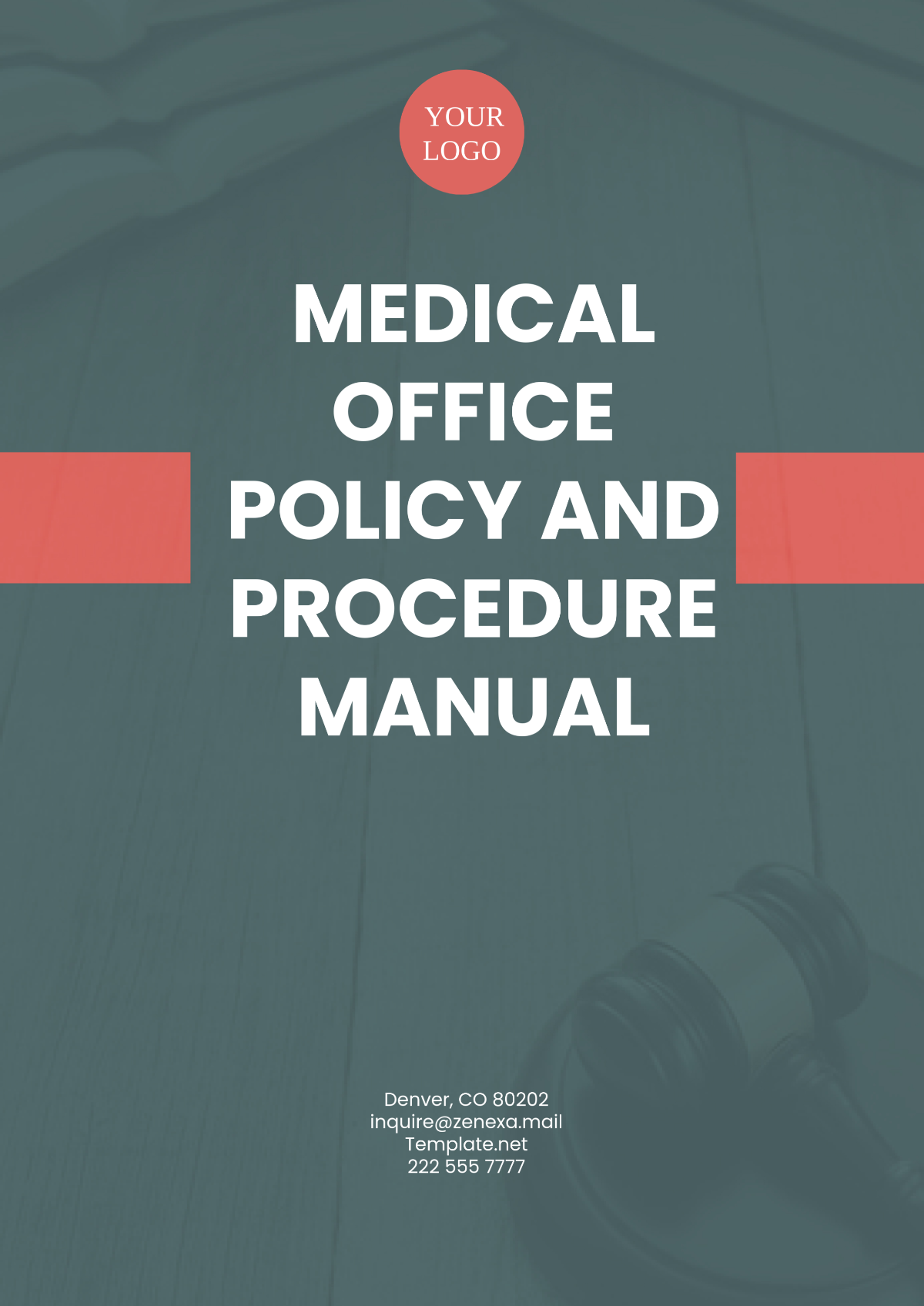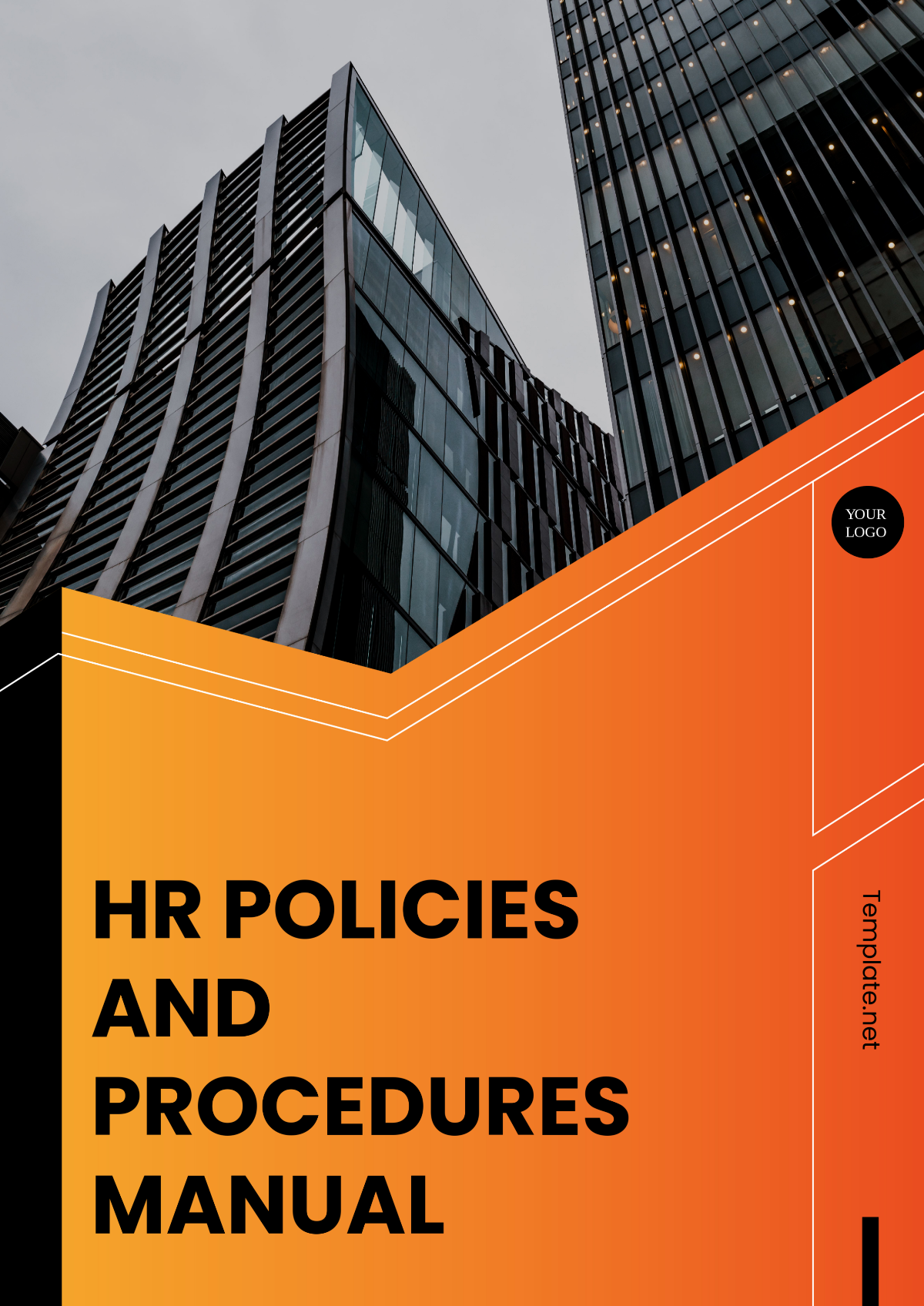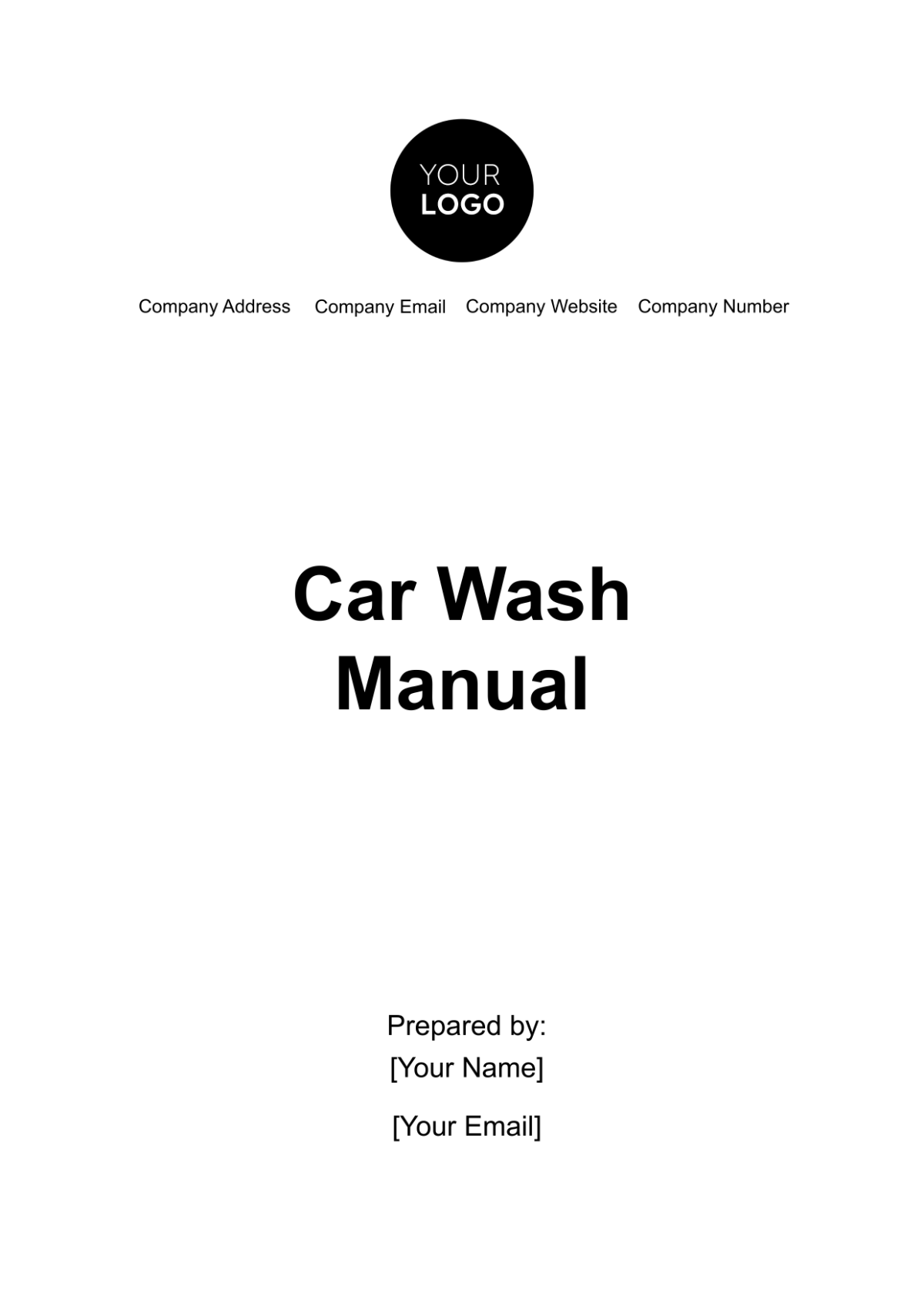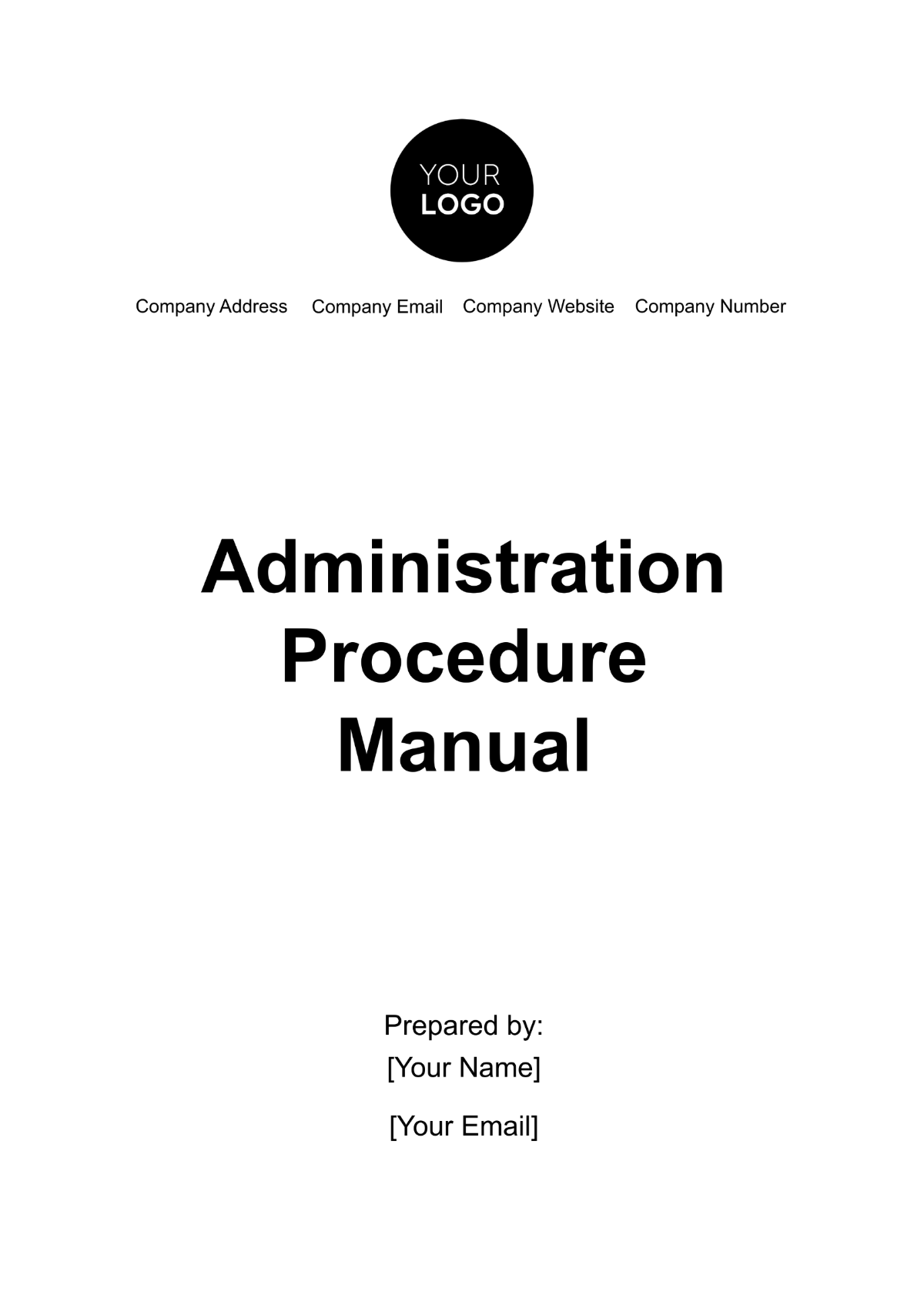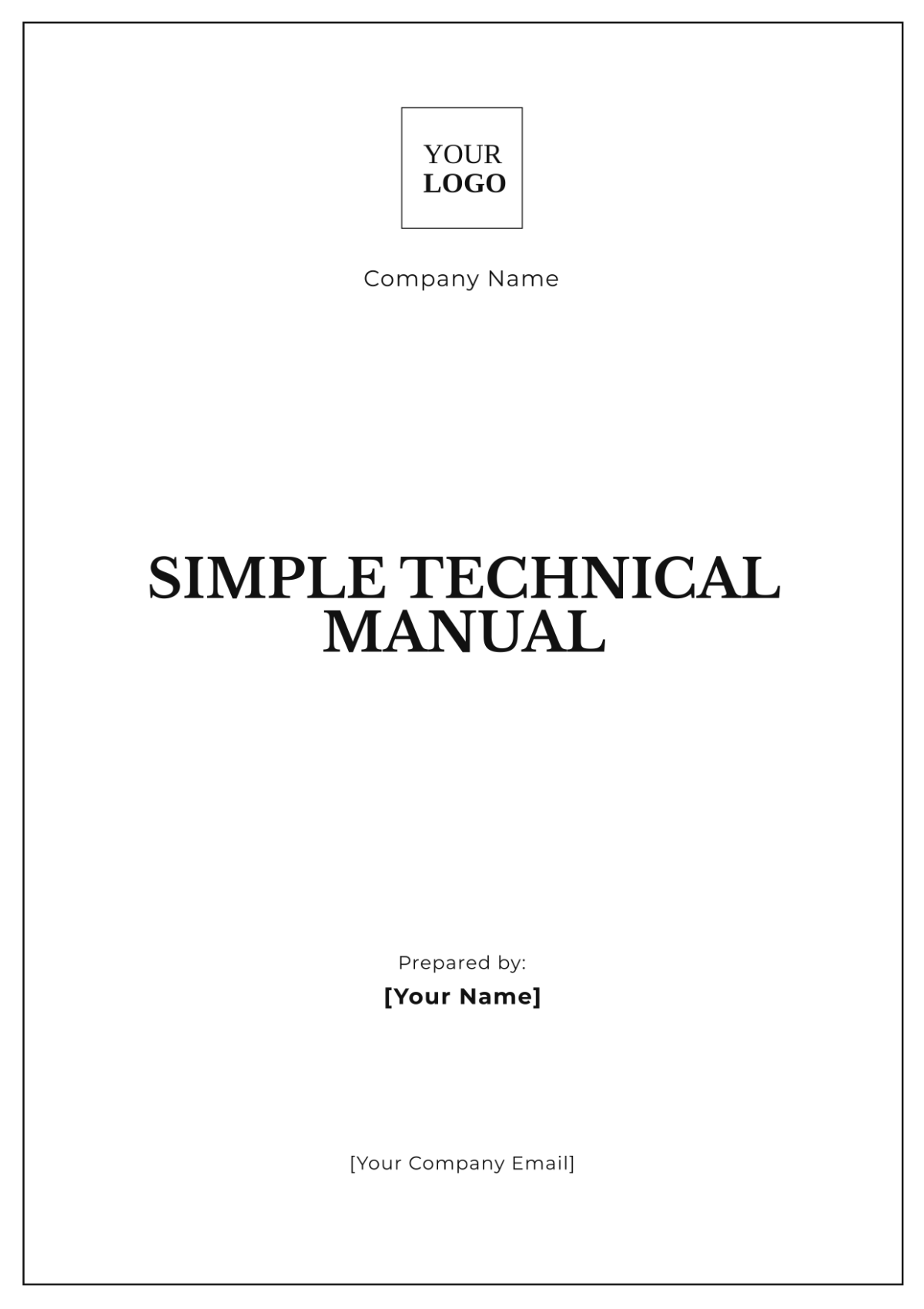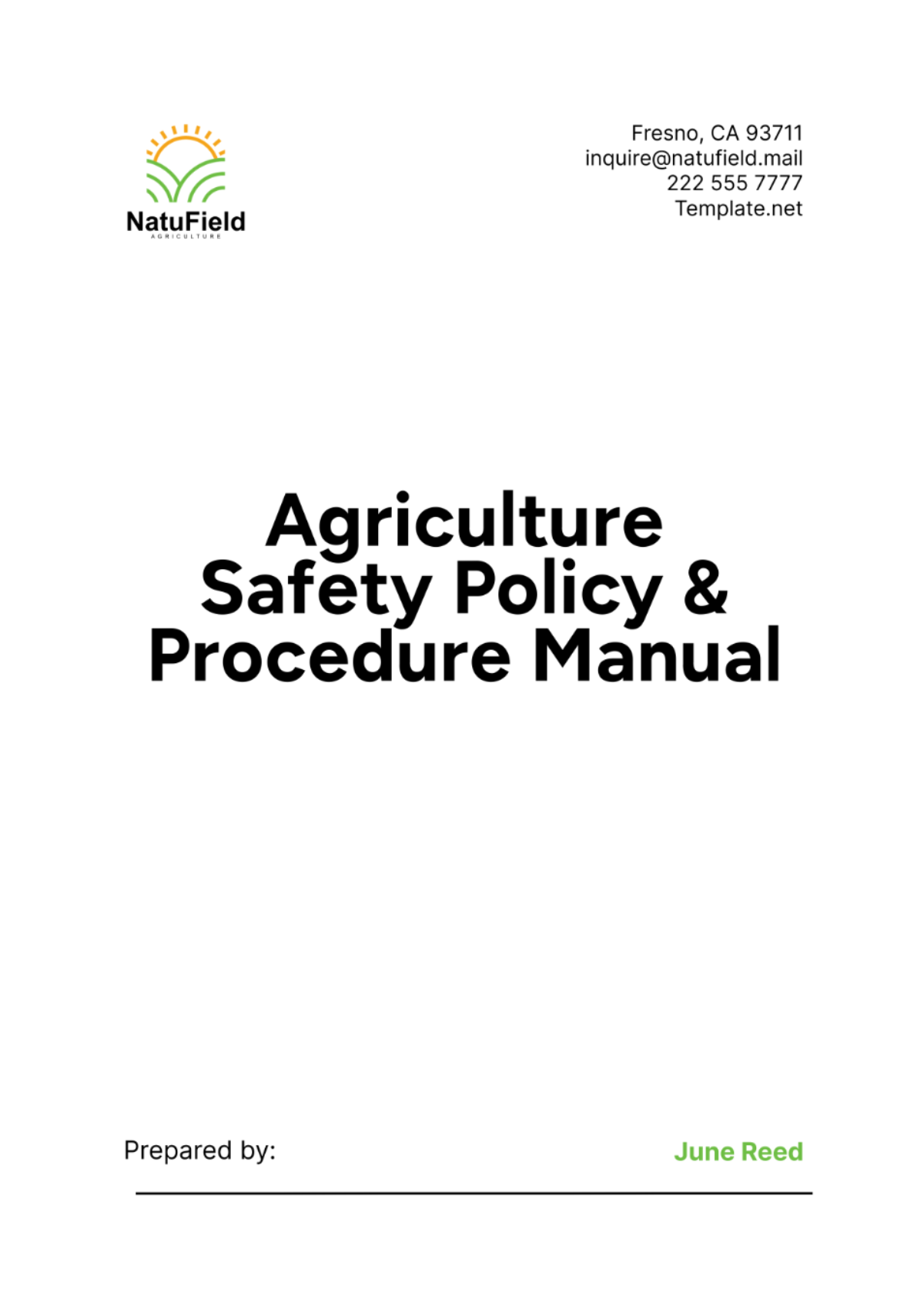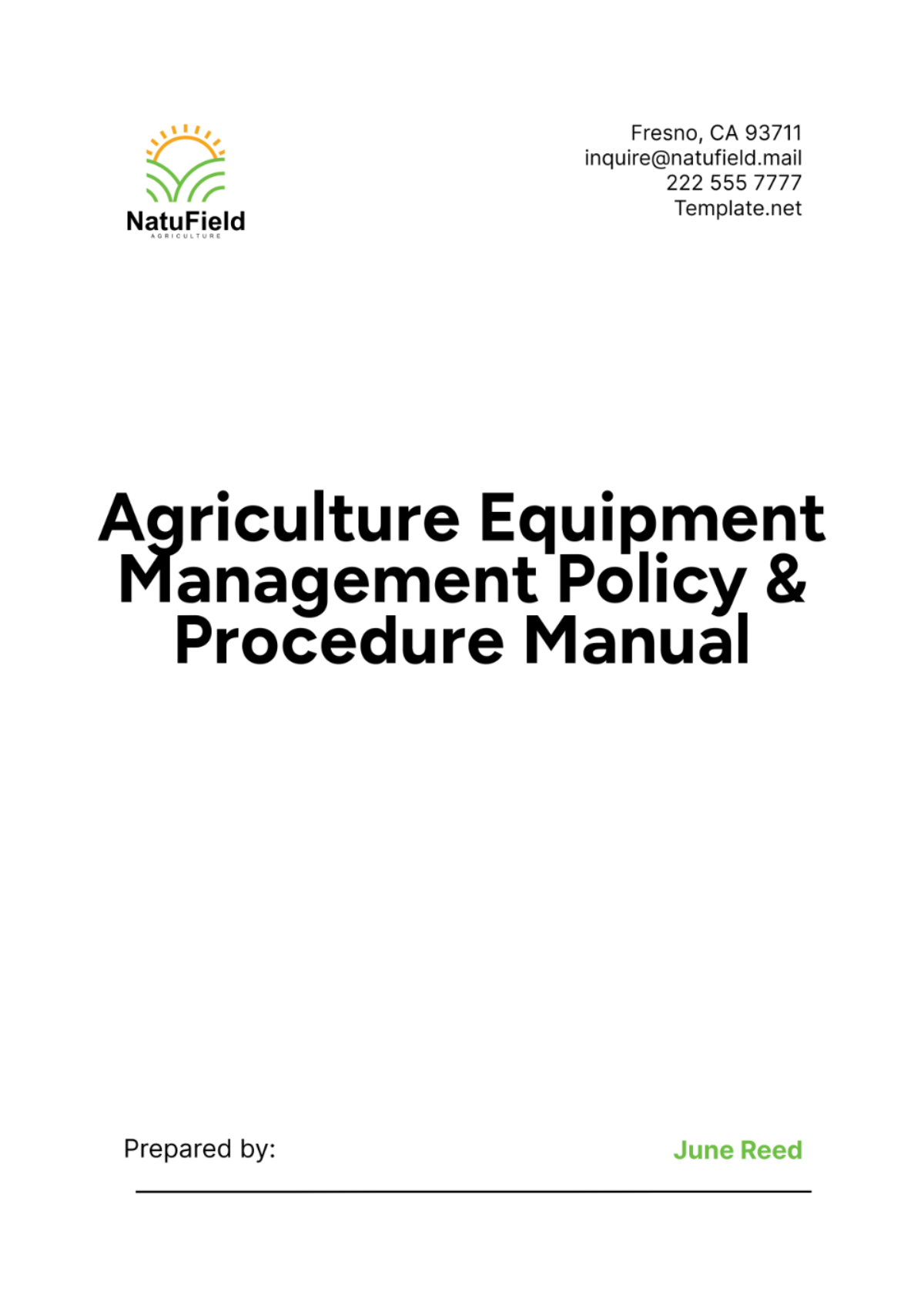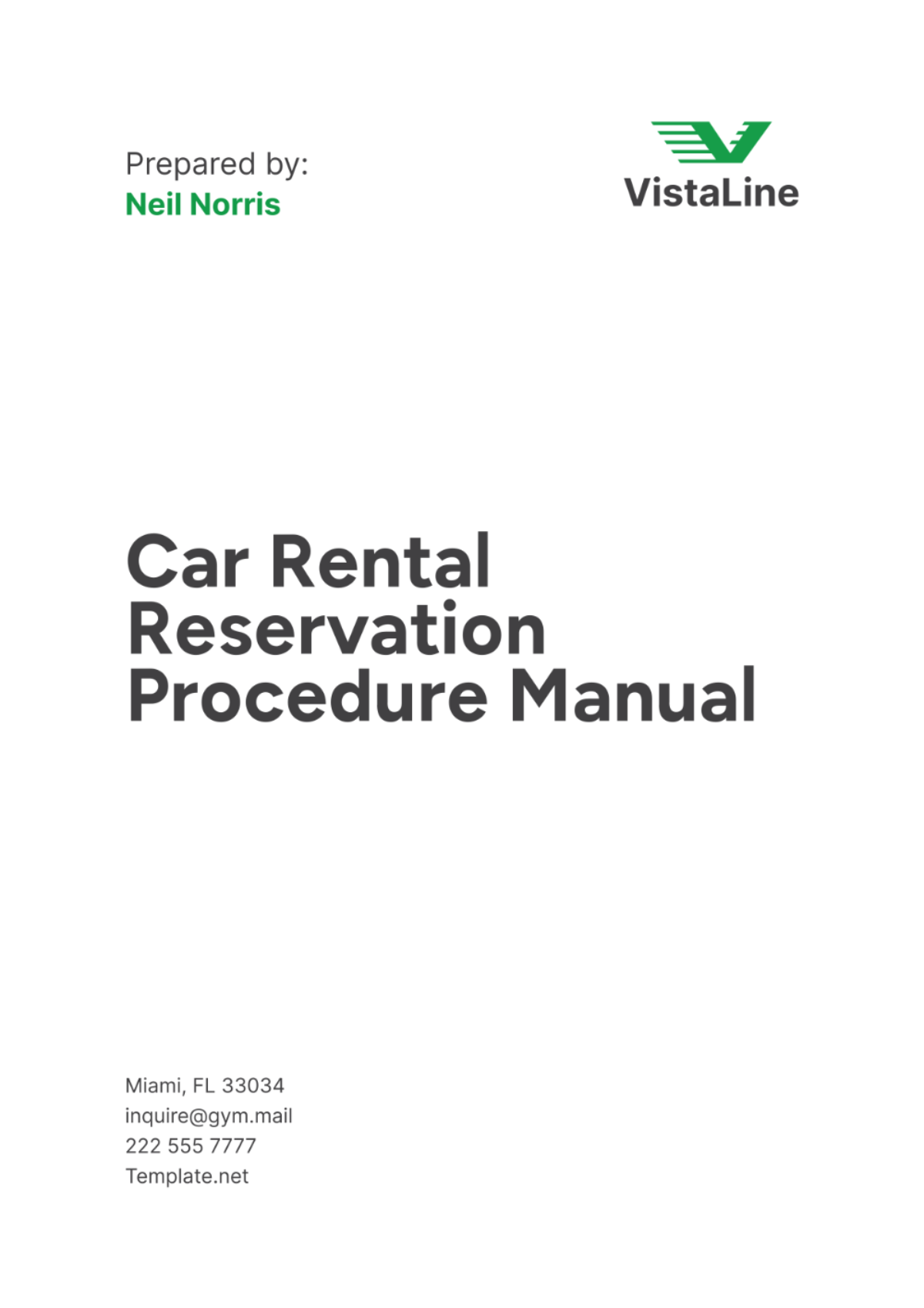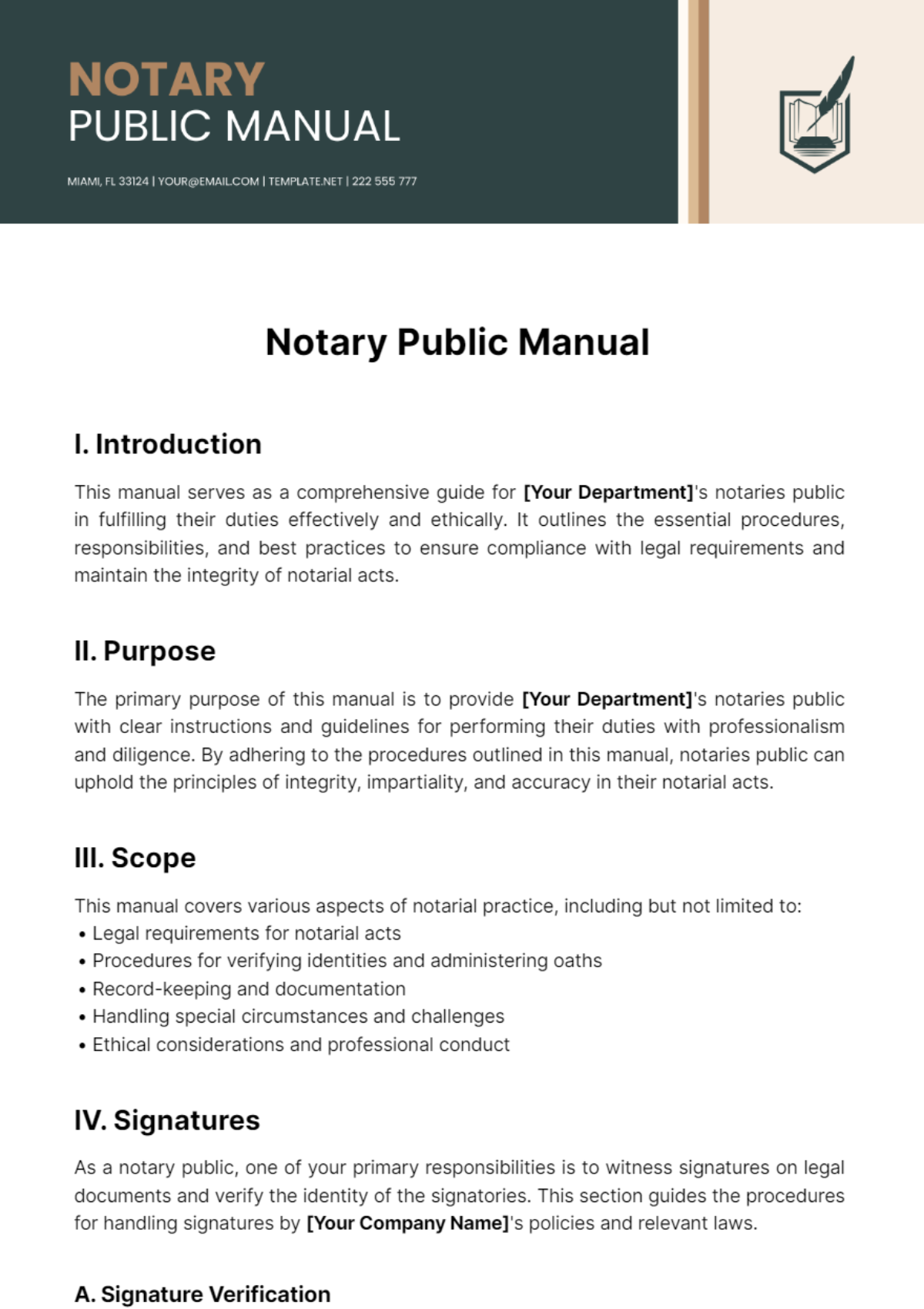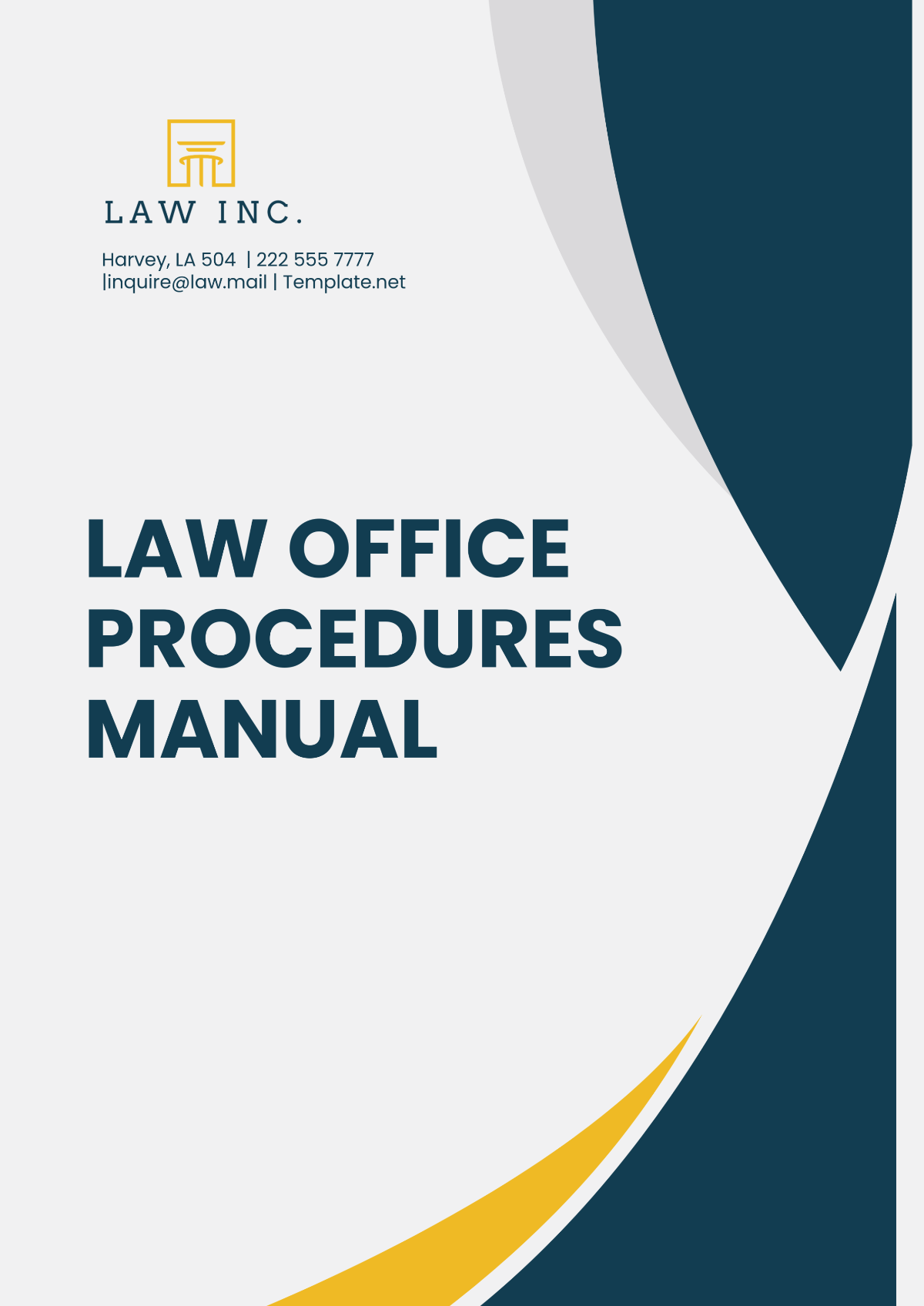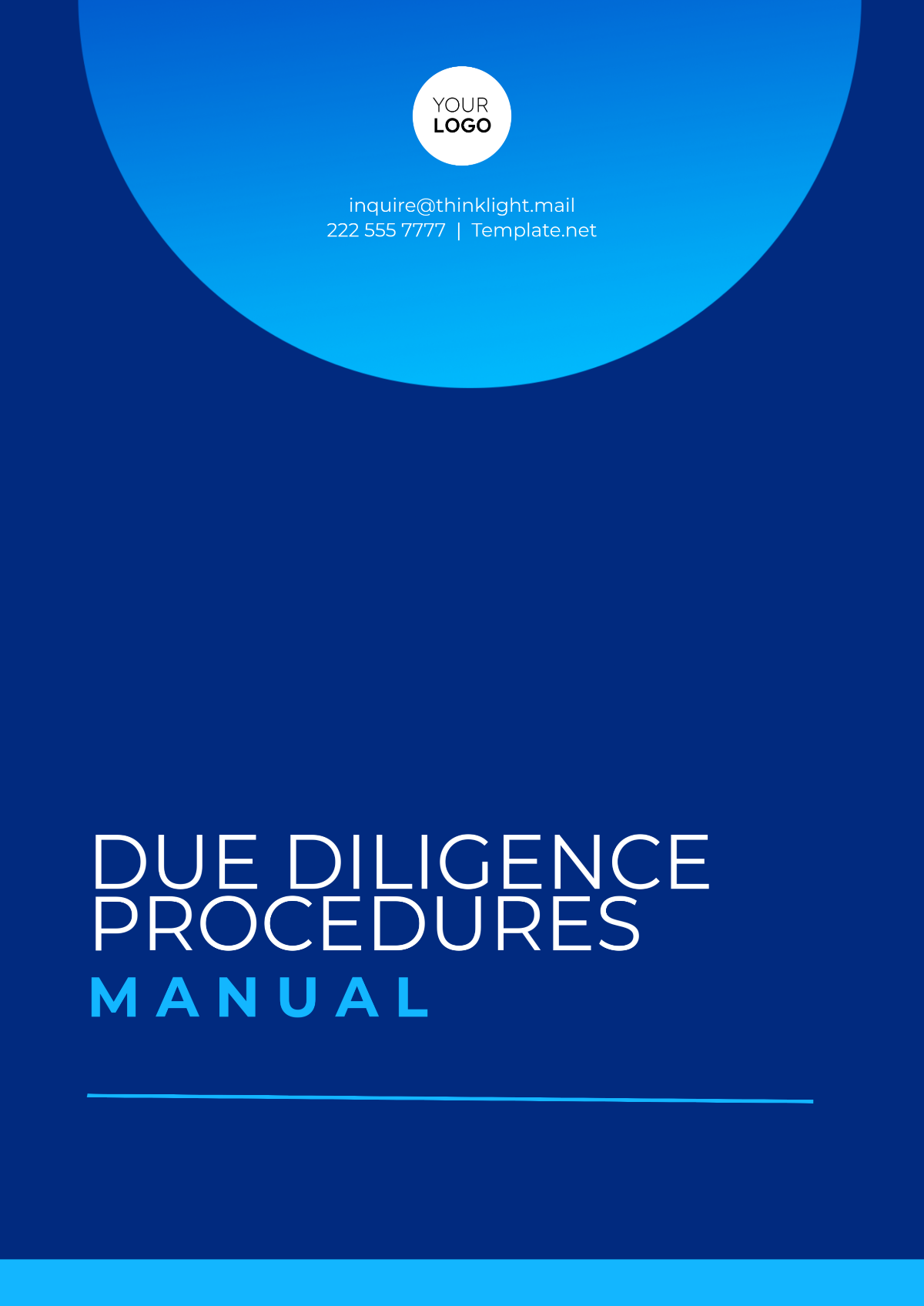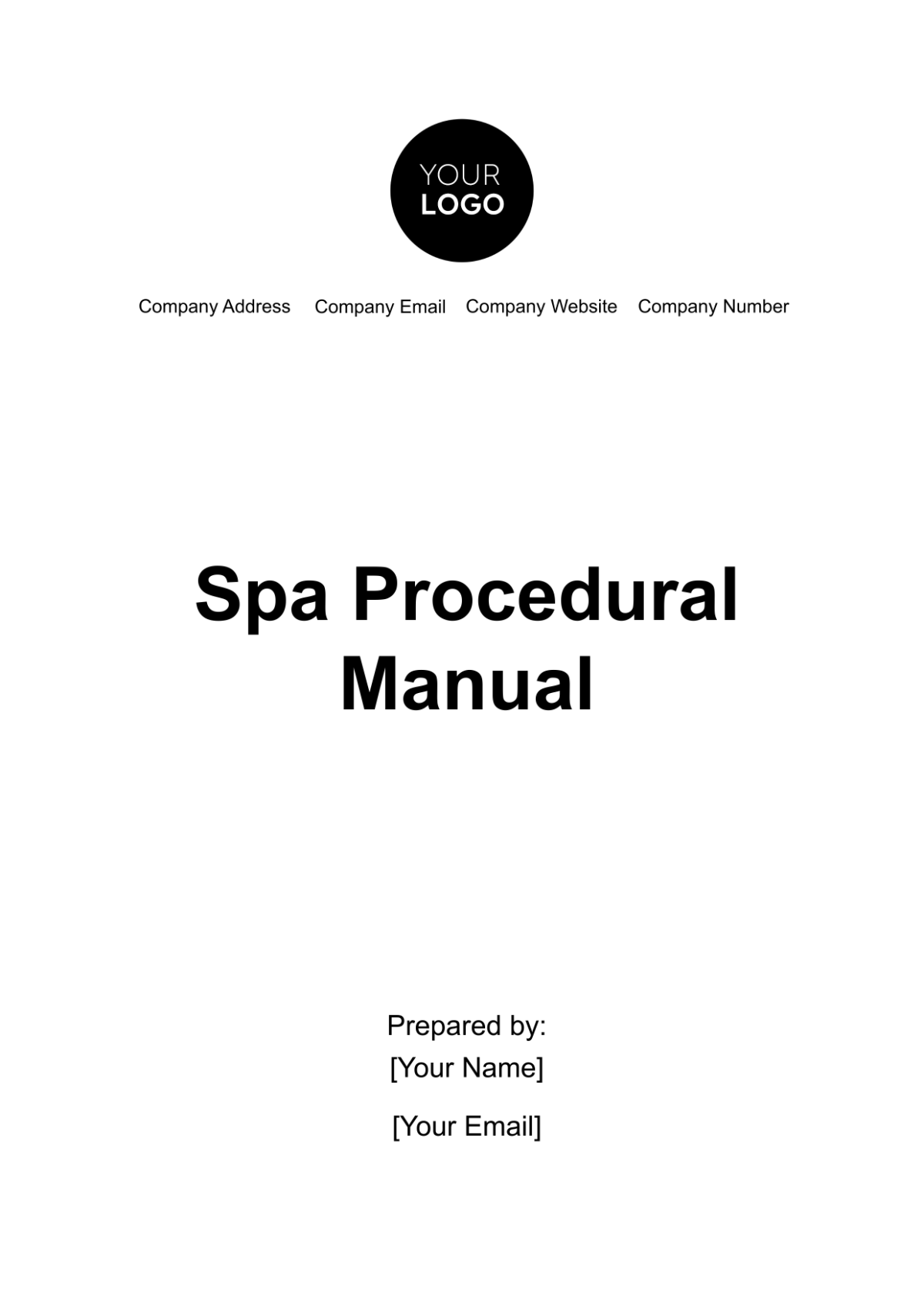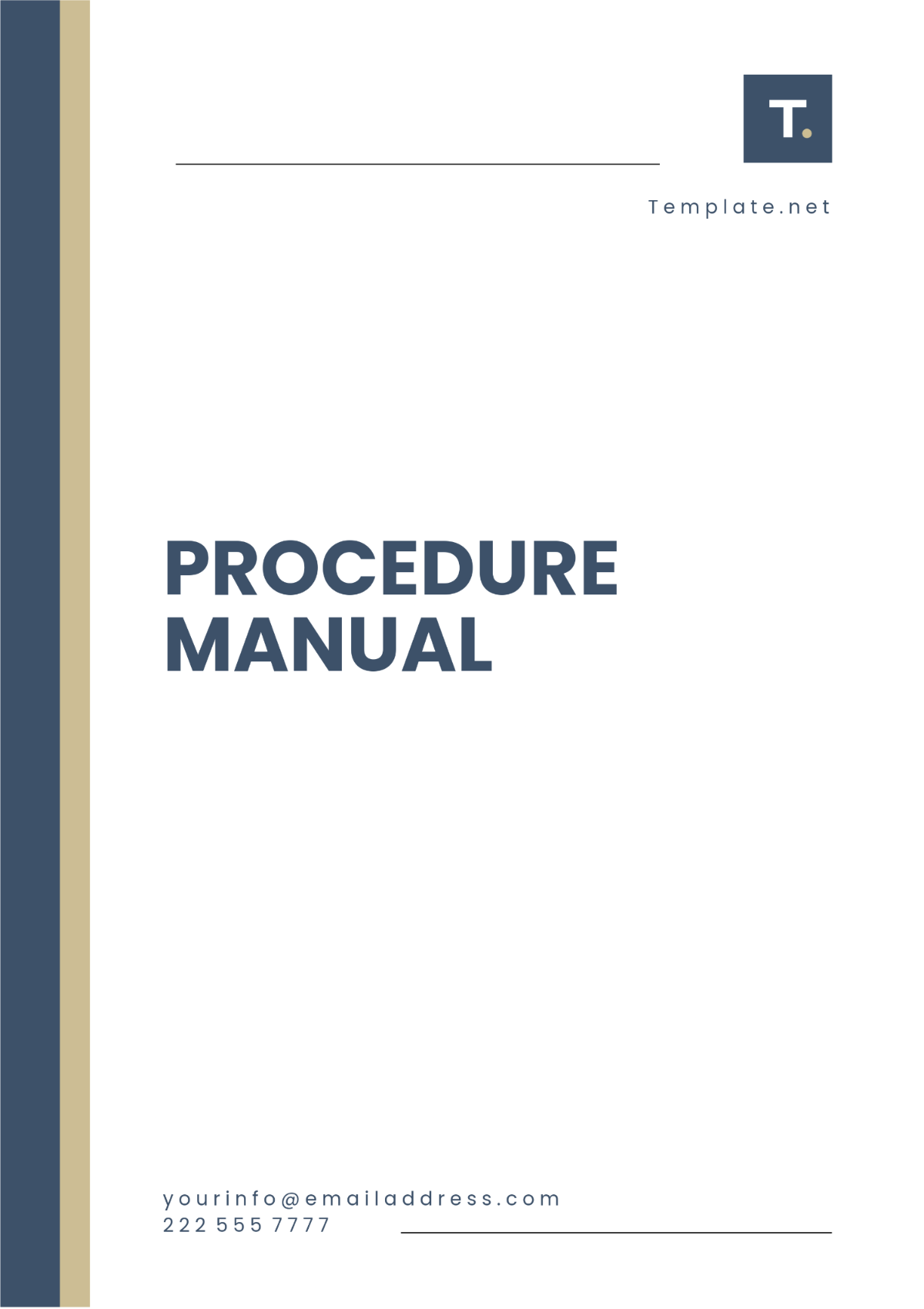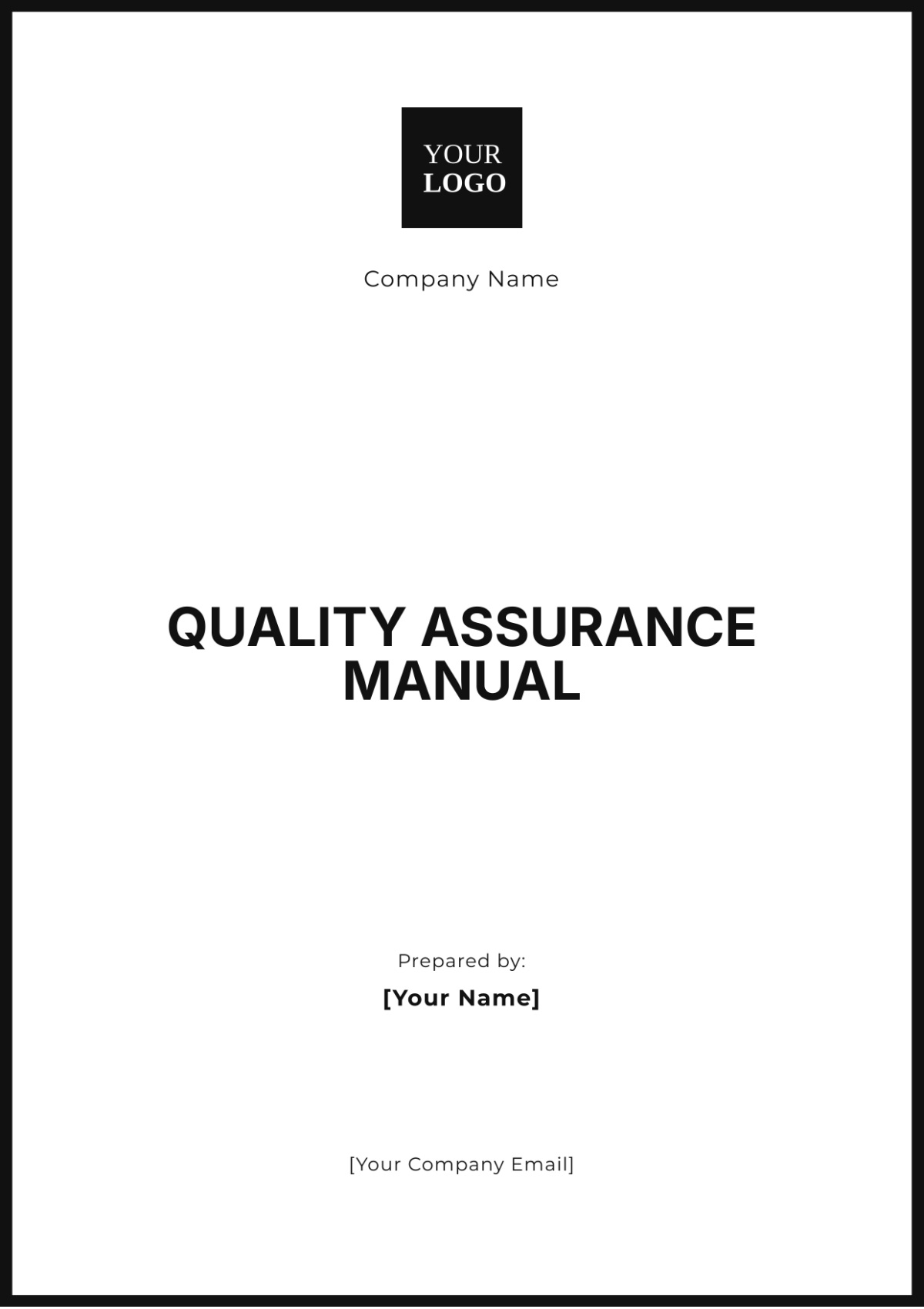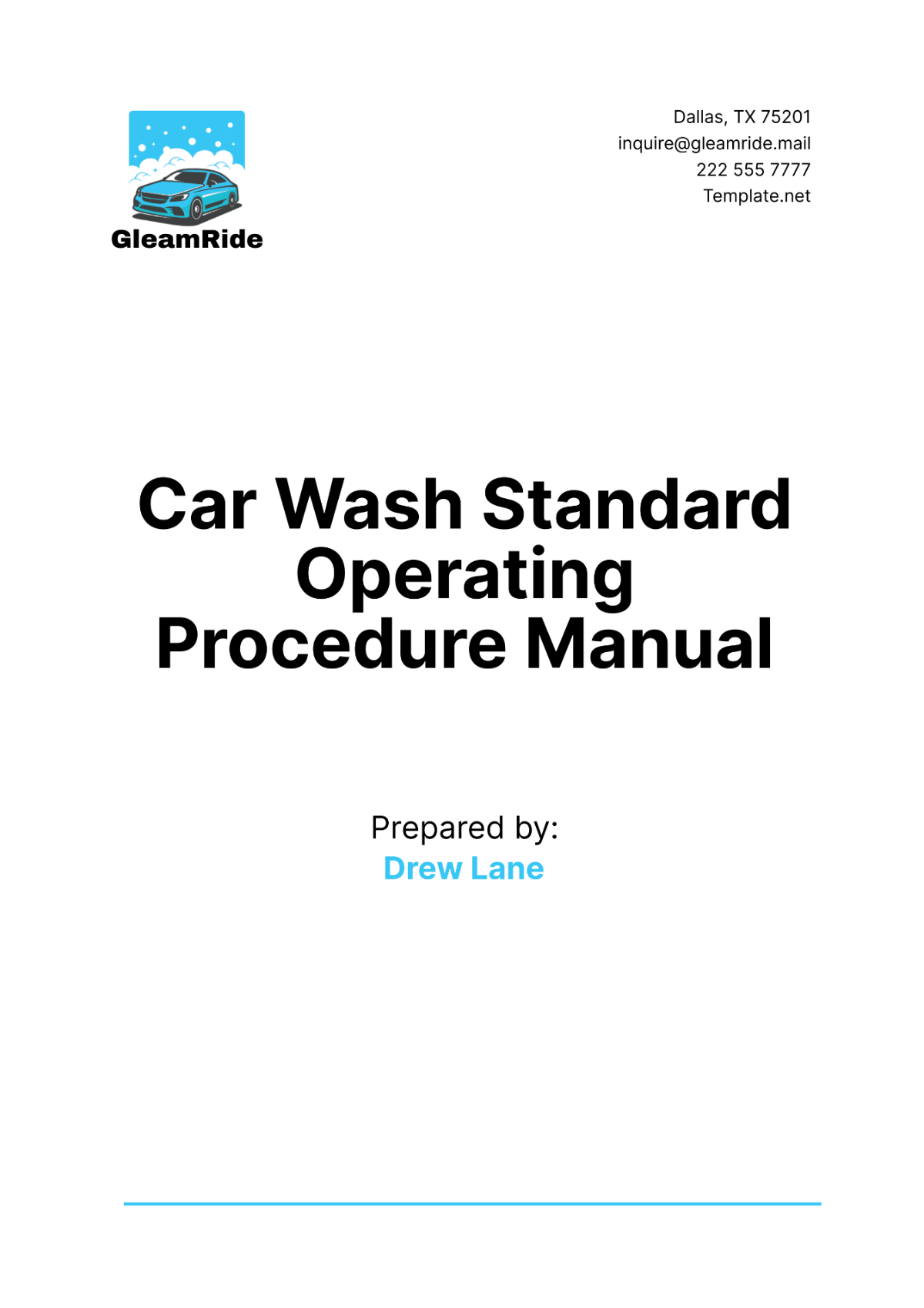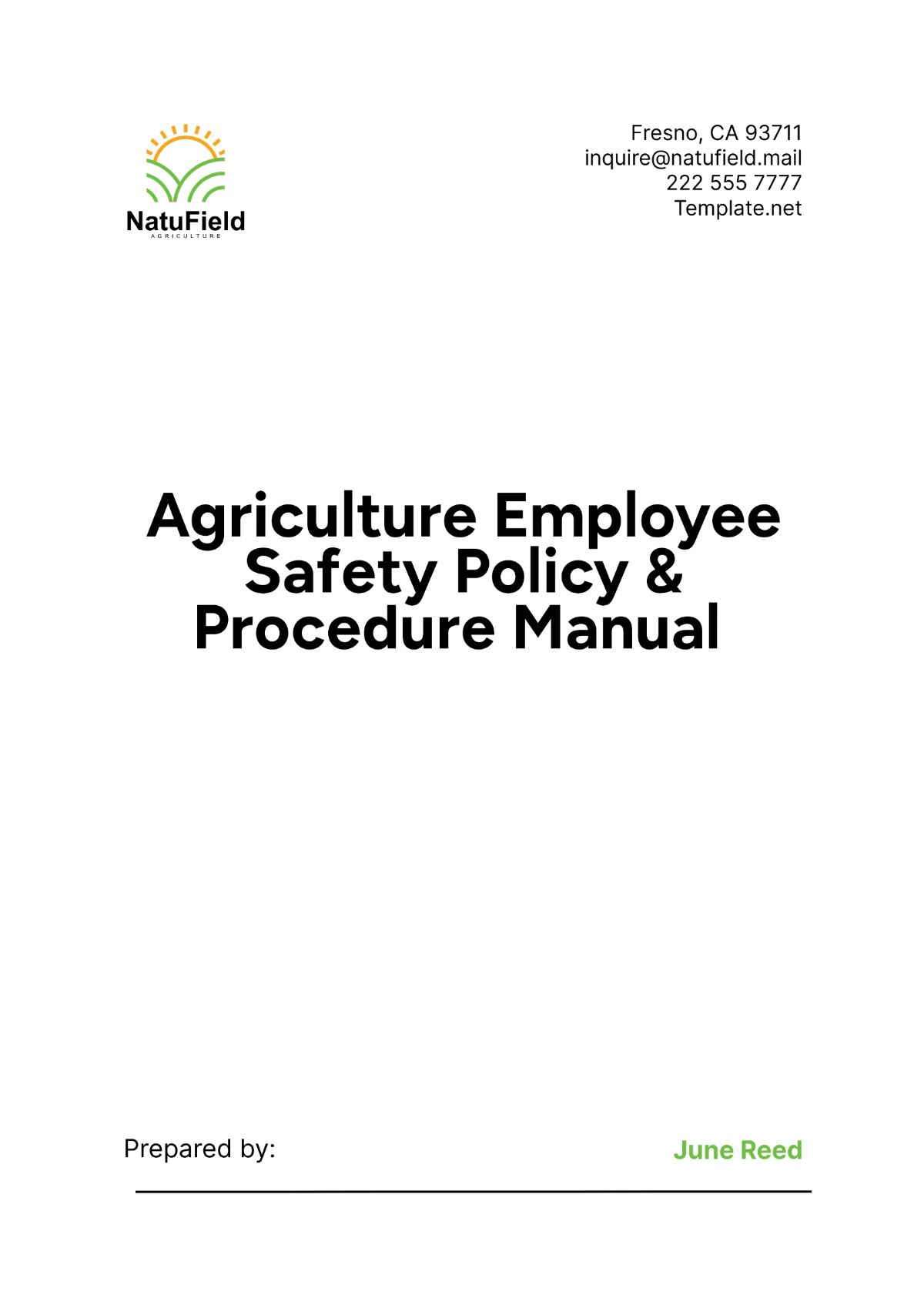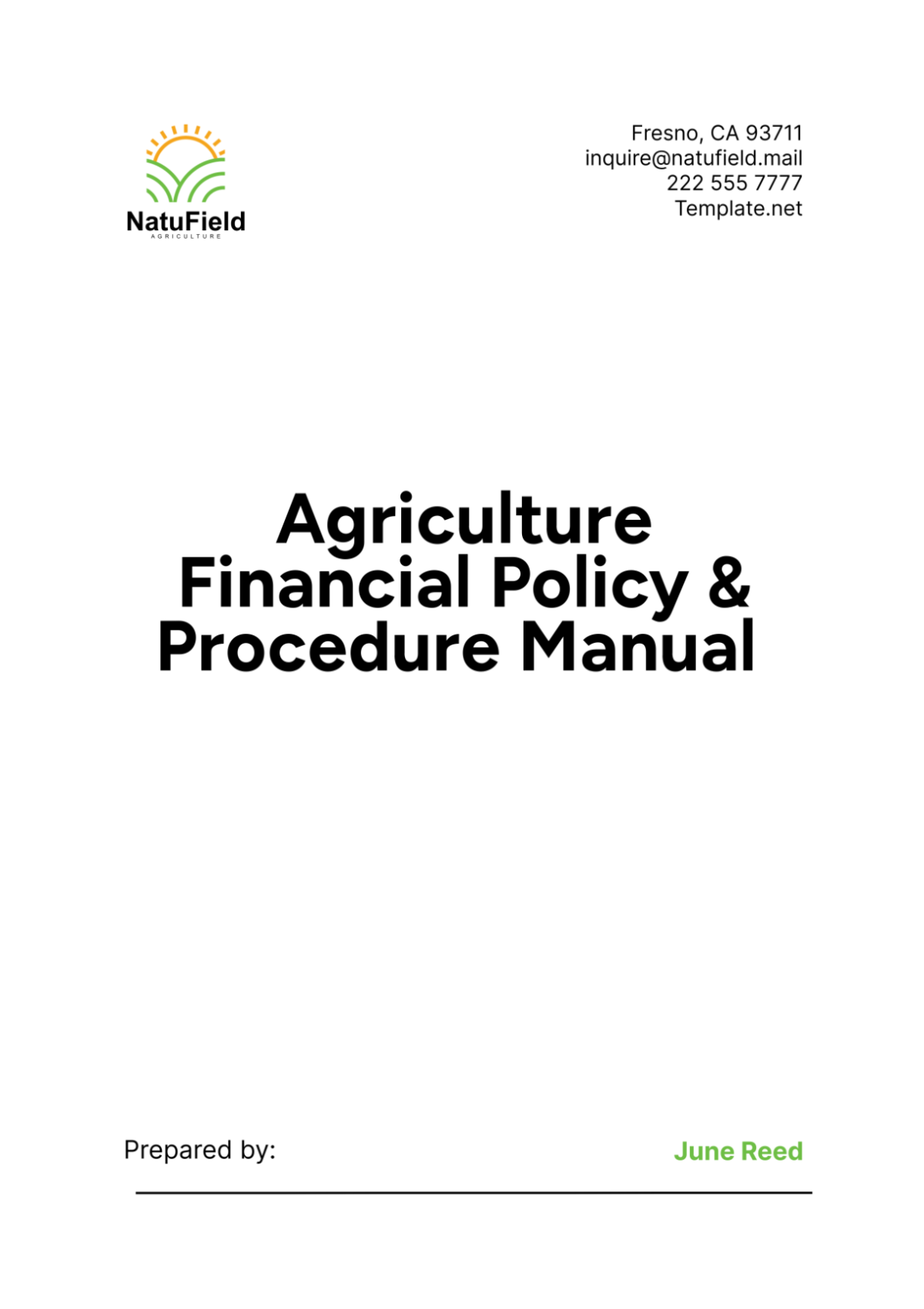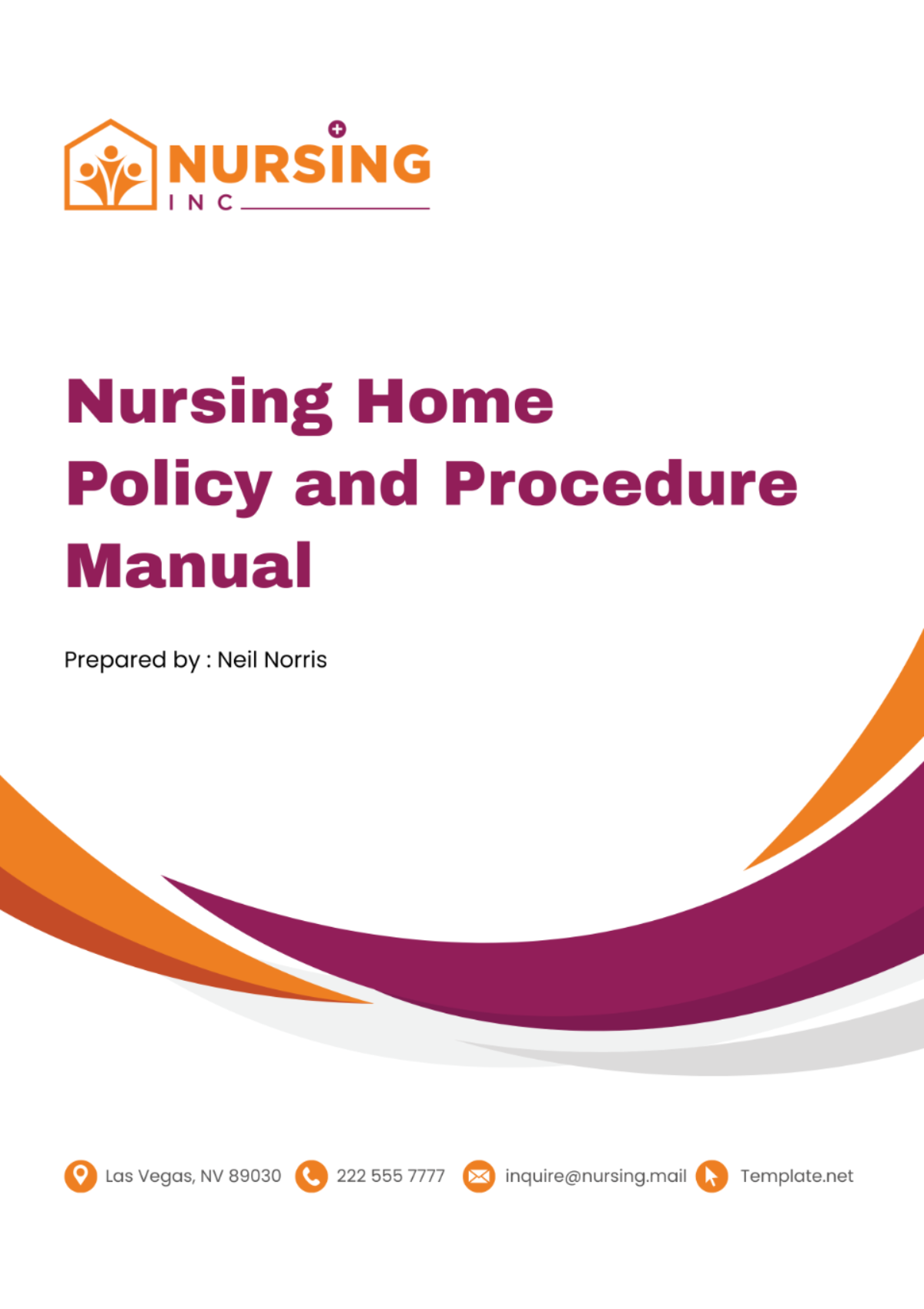Audit Manual
Name: | [YOUR NAME] |
Company Name: | [YOUR COMPANY NAME] |
Department: | [YOUR DEPARTMENT] |
Date: | [DATE] |
I. Introduction
In this section, [YOUR COMPANY NAME] welcomes users to the audit manual and provides an overview of its purpose and structure. The introduction highlights the importance of having a standardized approach to auditing to ensure consistency, accuracy, and compliance with regulatory requirements.
Purpose: The purpose of this audit manual is to provide auditors with a comprehensive guide to conducting audits within [YOUR COMPANY NAME]. It outlines the procedures, standards, and guidelines to be followed throughout the audit process, from planning and preparation to reporting and follow-up.
Audience: This audit manual is intended for use by auditors within [YOUR COMPANY NAME] who are responsible for conducting various types of audits, including financial audits, operational audits, and compliance audits. It is also relevant for stakeholders such as management, regulatory authorities, and external auditors who may need to understand the organization's audit processes and procedures.
II. Audit Planning and Preparation
This section provides guidance on planning and preparing for audits, including defining the scope, objectives, and approach to be taken.
Scope of Audit: Define the scope of the audit, including the areas and processes to be examined, the time frame for the audit, and any specific objectives or goals to be achieved.
Audit Objectives: Identify the objectives of the audit, such as assessing compliance with regulatory requirements, evaluating internal controls, or detecting fraud or errors.
Audit Approach: Determine the approach to be taken for the audit, including the methodology, techniques, and tools to be used. Consider factors such as risk assessment, sampling methods, and documentation requirements.
III. Conducting the Audit
This section outlines the steps to be followed during the audit fieldwork, including gathering evidence, testing controls, and documenting findings.
Fieldwork Procedures Describe the procedures for conducting fieldwork, including scheduling meetings, interviewing personnel, and reviewing documentation and records.
Testing Controls Explain the process for testing internal controls to assess their effectiveness in mitigating risks and achieving audit objectives. This may involve performing substantive tests, analytical procedures, or compliance testing.
Documenting Findings Provide guidelines for documenting audit findings, including the format and content of audit workpapers, findings memoranda, and audit reports. Emphasize the importance of clear, concise, and objective documentation.
IV. Reporting and Follow-Up
This section addresses the reporting and follow-up processes following the completion of the audit fieldwork.
Audit Report Outline the contents of the audit report, including the executive summary, scope and objectives, audit findings, recommendations, and management responses. Provide templates or examples to assist auditors in
Management Responses Explain the process for obtaining management responses to audit findings and recommendations, including timelines for corrective action and follow-up procedures to ensure implementation.
Follow-Up Audits Discuss the importance of follow-up audits to monitor the status of corrective actions and verify their effectiveness in addressing identified deficiencies. Provide guidance on planning and conducting follow-up audits.
V. Quality Assurance
This section focuses on quality assurance measures to maintain the effectiveness and reliability of the audit process.
Peer Review Describe the peer review process, where audits are reviewed by colleagues or supervisors to ensure adherence to standards, accuracy of findings, and consistency in approach.
Continuous Improvement Highlight the importance of continuous improvement in the audit process, encouraging auditors to identify areas for enhancement and implement best practices to enhance efficiency and effectiveness.
Training and Development Discuss the importance of ongoing training and development for auditors to keep abreast of new regulations, technologies, and methodologies relevant to auditing.
VI. Ethics and Independence
This section addresses ethical considerations and the importance of maintaining independence in the audit process.
Code of Conduct: Provide a code of conduct or ethical guidelines for auditors to adhere to, emphasizing integrity, objectivity, confidentiality, and professionalism in all audit activities.
Independence: Outline the principles of independence for auditors, including factors such as organizational structure, reporting relationships, and conflicts of interest, to ensure unbiased and impartial audit outcomes.
VII. Documentation and Recordkeeping
This section emphasizes the importance of proper documentation and recordkeeping throughout the audit process.
Document Retention: Provide guidelines for the retention and storage of audit documentation in accordance with legal and regulatory requirements, ensuring accessibility, confidentiality, and integrity of audit records.
Workpaper Documentation: Specify the requirements for documenting audit workpapers, including the recording of audit procedures performed, evidence obtained, conclusions reached, and any exceptions identified.
VIII. Conclusion
To sum up, [YOUR NAME] stresses the importance of the audit manual for auditors at [YOUR COMPANY NAME]. By following the protocols, criteria, and guidelines included in this manual, auditors can perform comprehensive, unbiased, and efficient audits that aid the organization's overall prosperity and alignment with regulatory standards. This audit manual offers a sturdy structure for conducting audits in [YOUR COMPANY NAME], guaranteeing uniformity, trustworthiness, and adherence to regulatory standards.












